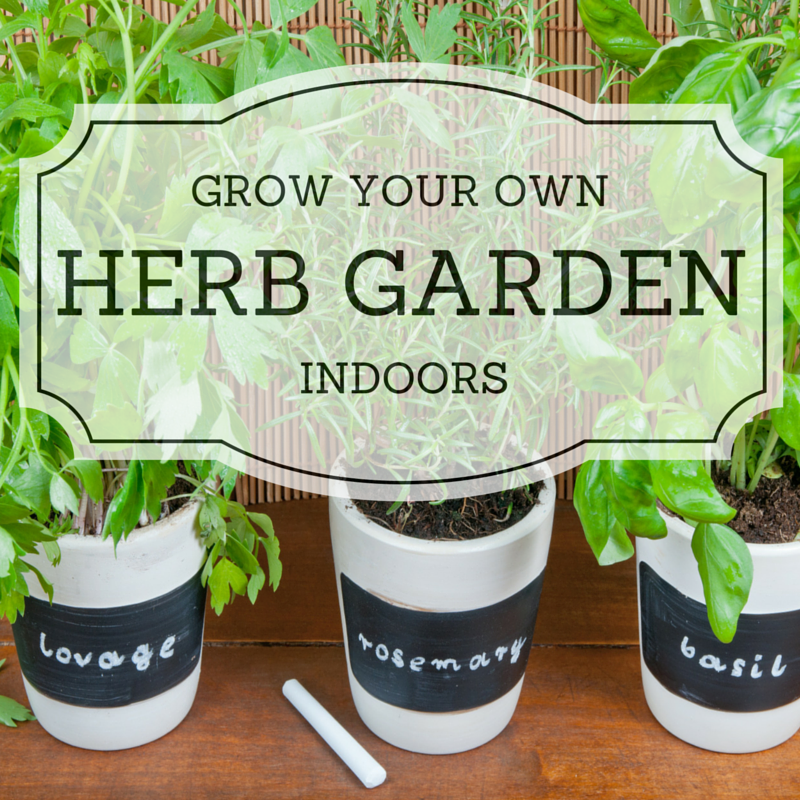
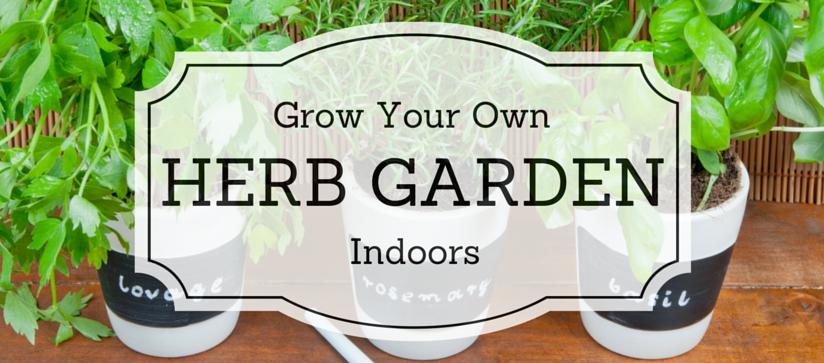
Many homeowners and renters can attest to the downsides of living in a home with little or no outdoor space - one of the biggest being that you can't grow your own garden. Instead of dwelling on your lack of yard space, grow your green thumb indoors with an herb garden in your kitchen!
With a little sunlight, water, and these tips, you can have fresh herbs ready to use in only a matter of weeks.
Find a comfortable space for your herbs to grow.
Whether it's found in your kitchen or some type of sunroom, make sure you plant your herbs in a bright space with good air circulation and temperatures between 55 and 75 degrees. Most culinary herbs grow best with at least five to six hours of bright light. Keep in mind that natural light is limited and less intense in winter. Avoid placing your herbs next to a window in the winter because of cold air drafts. You should also consider factors which may obstruct natural lighting, like nearby trees that cast shade, a roof overhang, or a patio roof when choosing an appropriate location to plant your herbs. If the plants start to look droopy, you may need to adopt some form of supplementary lighting, such as fluorescent lights, to help them thrive.
Choose containers and soil that accommodate your herbs.
Almost any pot or container at least 6 inches or larger in diameter can be used for growing herbs as long as it has drainage holes. Choosing the largest pot possible to provide more room for growing roots will give you a bigger plant to harvest from.
Use fast-draining potting mix as garden soil to compress and surround plant roots. Look for a premium mix that includes lightweight ingredients such as perlite or vermiculite to help loosen and aerate the soil.
Take note of your herbs' needs and watch them grow!
Depending on the size and type of plant, container, and time of year, water needs will vary. Plants are dormant or less active in growth during winter when light levels are lower, and therefore require less water. With most herbs, you can get away with allowing the soil to dry slightly. But with others, like basil, chives, mint, and parsley, it's best to keep the soil moist constantly. The best way to tell when a plant needs water is to stick your finger one inch into the soil and if the soil feels dry, it's time to water.
You'll need to feed your herbs with a liquid fertilizer every four weeks when they become active in growth during the spring. Or you can feed them organic fertilizer granules that you scratch into the soil surface every other month.
Checking your herbs each year and replacing those that are short-lived or have become woody will allow your garden to continue thriving. And don't forget the best part, which is harvesting and using your indoor herbs!
Types of herbs that offer plenty of fabulous flavors:
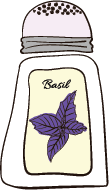
Basil - This herb grows as an annual or short-lived perennial. Different species of basil include 'Genovese' (classic aroma and flavor), 'Lemon' (hint of citrus), 'Spicy Globe' (compact growth of 8 to 10 inches tall), and 'Siam Queen' (unique, spicy flavor).
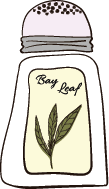
Bay - This herb grows slowly at first but will eventually form a bush or small tree that can be easily trained into formal shapes or a topiary. To get a head start on growing bay, purchase a young 1 to 2-foot plant.
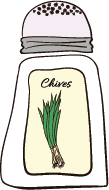
Chives - This perennial herb is grass-like with a delicate onion flavor. 'Grolau' chives are a rich producer for windowsill growing. Garlic chives have a mild garlic taste. To keep new chives growing, cut small bunches of leaves back to the soil level when harvesting.
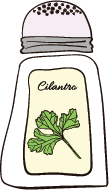
Cilantro - Also known as Chinese parsley, this short-lived annual tastes like a mixture of parsley, sage, and citrus. Best started from seed, cilantro grows quickly. However, once harvested, it does not regenerate growth. To extend your harvest, grow three pots at different stages - seeded, intermediate growth and ready-to-harvest.
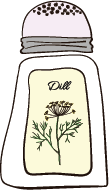
Dill - This aromatic annual is mostly used for its leaves, especially when grown indoors. Sow several pots at different stages (like cilantro) for a continual supply. 'Fernleaf' dill is a compact variety ideal for growing indoors.
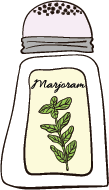
Marjoram - This Mediterranean native belongs to the oregano family, but its flavor is distinctively sweeter and more delicate. Sweet marjoram is often grown in pots indoors. Italian marjoram is similar but with a perfect blend of sweet and spicy.

Mints - Peppermint and spearmint are good choices for growing in pots. Be sure to give mint its own container as it can easily overtake other herbs.
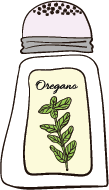
Oregano - Greek oregano delivers authentic oregano flavor, growing to 12 inches tall in pots. 'Kaliteri' is a Greek strain that is spicy and flavorful without being too bitter. Harvest leaves often to encourage new growth. Oregano remains productive for up to two years and should be replaced when plants become woody.
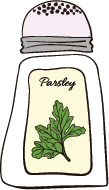
Parsley - Both Italian flat-leaf and curly-leaf parsley excel when grown indoors. The Italian variety of this biennial herb is often favored for its robust flavor. To spur new growth and keep parsley productive for several months or more, cut the outer leaves when harvesting.
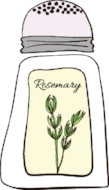
Rosemary - This perennial herb comes in both trailing and upright forms. For the best flavor, choose a more compact upright variety such as 'Taylor's Blue' or 'Salem.' Even though rosemary enjoys drier conditions, it's imperative that the soil is never allowed to dry out completely.

Sage - For container growing, try 12-inch-tall dwarf sage, or nonflowering 'Berggarten,' a vigorous but compact low-growing culinary strain. Dwarf garden sage offers the same flavor as garden sage but grows only 10 inches high.
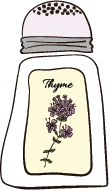
Thyme - Lemon thyme and French thyme are excellent culinary varieties. For the richest thyme flavor with oregano undertones, grow creeping 'Oregano' thyme.
Have any tips you'd like to share? Subscribe to our blog and leave a comment below! Or, write us on Facebook or Twitter using the hashtag, #CFMHerbGrowingTips.


Your Comments :